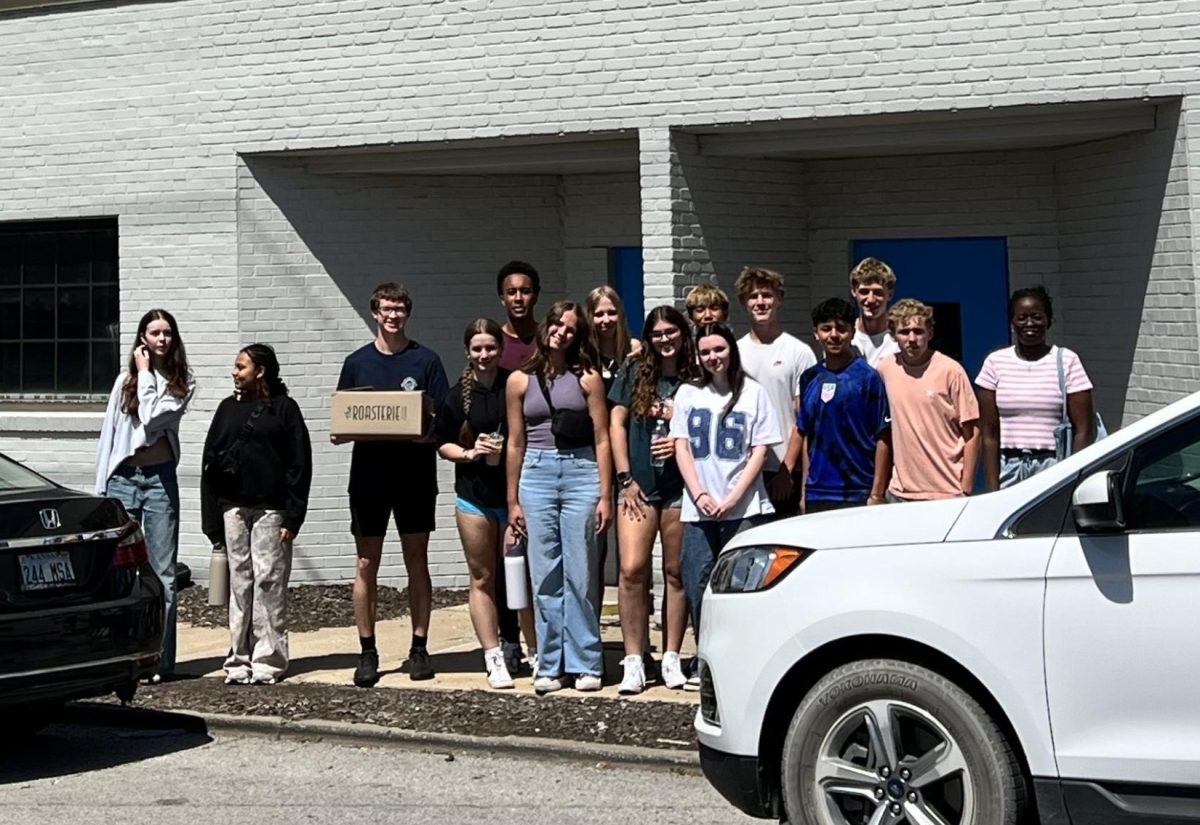OPINION: Different Appearances Are Not Unprofessional

A collage of people with piercings and tattoos.
Feb 27, 2023
Since piercings and tattoos have gotten more and more popular among the everyday person, employers have pushed back on them. Employers claim that they are unprofessional, although this has no basis in reality.
The only reason this idea has become the norm is because the upper management that creates the rules are old Baby Boomers that can’t change with the times. According to authoritytattoo.com, 40% of people under age 35 have a tattoo. Although not getting tattoos because of a job has become a less frequent reason, it is still a significant reason. In the past, it was much more common to not get a tattoo for employment reasons.
Tattoos are quite common nowadays, but something more uncommon are facial piercings. Large, visible facial piercings are becoming more and more common among young people. According to middleearthnj.org, about 1 in 4 teenagers have a piercing other than earlobe, such as nostrils, tongue and lips.
It’s becoming more and more common for young people to have bright metal piercings. With a larger and larger amount of teens having jobs, they are becoming normal for prospective employees, many people are still required to use clear replacements for their shift or flip their piercings so they can’t be seen. Why do people still need to do this?
The only thing keeping young people from expressing themselves in the workplace is because of outdated ideas on what is “normal” and “acceptable”. A power redistribution is needed to correct this.
People who were born in the 40s and 50s do not need to be making rules about people who were born in 2000. Over those 50-60 years, so much has changed.
It is not fair to create rules based on your thoughts after being raised in a completely different era, that are applied to people born 60 years after you.
Older generations have to learn to change with the times and relax on their ancient and dated rules. Although this is becoming less of a problem in places like retail and fast food, in more “professional” environments, it is still an issue.
This problem bleeds over into racist ideas, where black employees are chastised for protective hairstyles, being told they’re “unprofessional”. Styles like locs and braids are popular and come naturally to black people, as well as being important to history and culture. This, again, stems from old generations in power not being able to grow with the times and accept people who do not look like them.
Although this view is outdated in regular life, this has absolutely no place in the “professional” environments. These ideas and views must come to an end if we ever want to make our workplaces a safe place for everyone to work, regardless of hair type or body modifications. This won’t happen unless we make the conscious decision to change it. We have a start, but this fight isn’t over.





